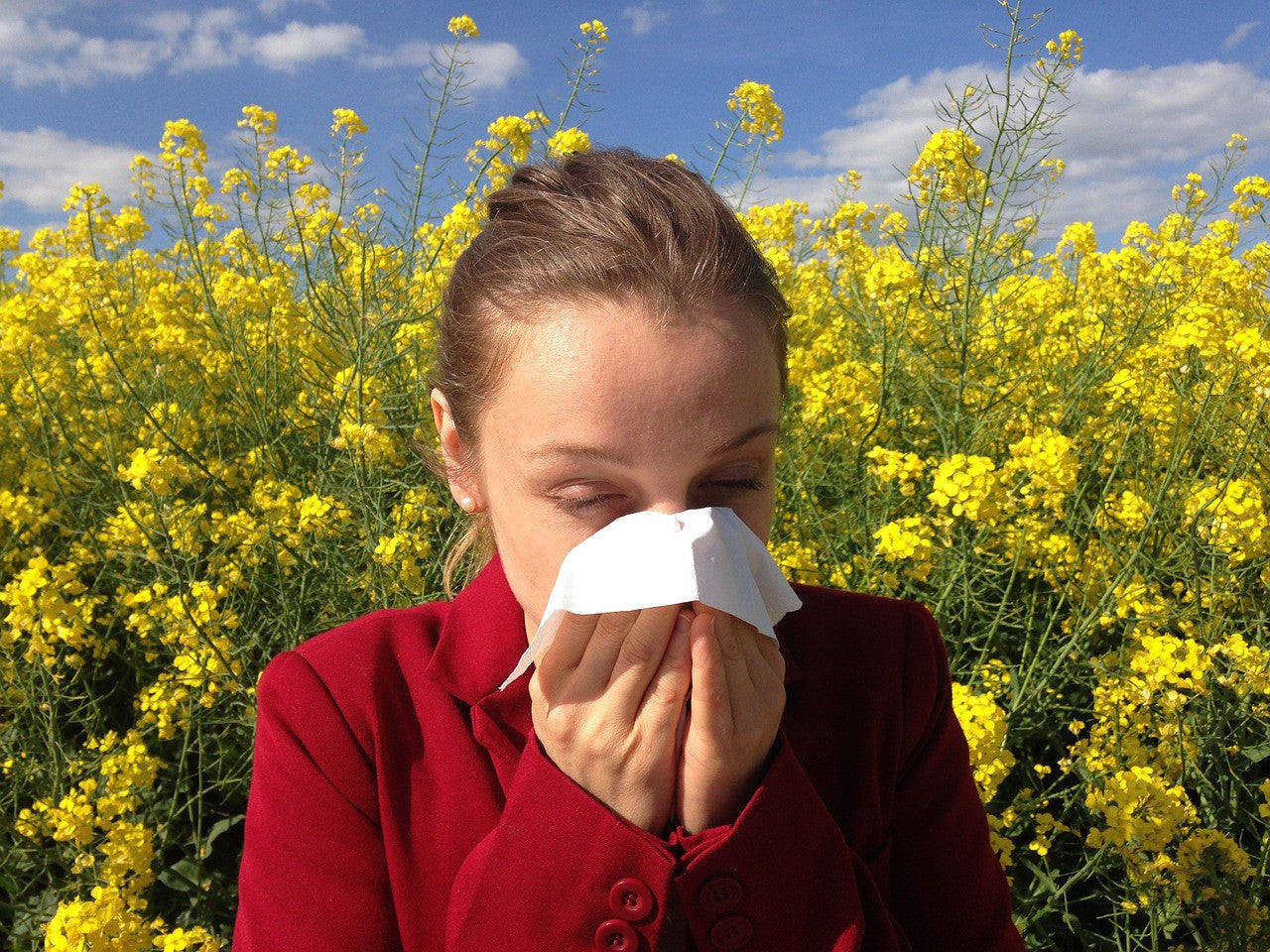Formaldehyde, also known as methanal, is an organic compound which is naturally occurring. Formaldehyde can be described as a bit more complicated compared to other simple carbon compounds because it is able to adopt in numerous different forms. The most common form is in gas. Under this form, formaldehyde is flammable and has a strong odor.
WHERE FORMALDEHYDE IS FOUND

Formaldehyde can be found in resins for composite wood products (particleboard, hardwood plywood and medium-density fiberboard), household items (paints, lacquers, coating, glues and permanent press fabrics), pesticides or fertilizers and also in consumer and cosmetic products like fabric softeners and dish washing liquids as preservatives.
This compound is also present in clothes since it is used to prevent wrinkles and mildew. It may be quite useful in preserving clothing materials since it can also increase stain resistance and colorfastness. Unfortunately, the presence of formaldehyde in clothes can cause problems for people.
ISSUES WITH FORMALDEHYDE

Here are some reasons why formaldehyde is not as good as it seems:
1. Formaldehyde is considered toxic in various countries
Formaldehyde is considered as a human carcinogen as declared by the International Agency for Research on Cancer. Countries such as the US and Canada have declared this material as toxic.
2. Research proves dangers attached to formaldehyde
A recent study conducted by the US Environmental Protection Agency has revealed that the highest levels of formaldehyde can be detected in the air which is often released from popular consumer products like building materials and furnishings as well as in cleaning products.
A person who is exposed to airborne formaldehyde may experience respiratory problems like chest pains, bronchitis, coughing and wheezing.
3. Some people have known sensitivity to this carbon compound
People who are extremely sensitive to formaldehyde will experience nasty side effects even with low level exposure. Patients have reported dermatitis (skin rash or skin irritation) and runny nose or headache when they come in contact with products which contain formaldehyde.
Small amounts or minimal exposure to formaldehyde may not be as risky or toxic but people who are highly sensitive may be able to experience a number of side effects which can be quite serious or even debilitating in extreme cases.
The presence of formaldehyde in more items other than clothes can be very troublesome for people who are sensitive to chemicals in general since they will most likely suffer more from the exposure.
4. Ill-effects in general
Formaldehyde is known to cause ill effects to one’s health, even those who aren’t really allergic to the compound. It can cause irritation to the skin, throat, eyes and nose. Prolonged exposure may even result to certain types of cancers for some patients.
5. Long-term effects
Overexposure to this compound, especially for highly sensitive patients may lead to far more serious complications. Patients can possibly experience flu-like symptoms at the start but if the condition is not treated immediately, then it may lead to shock or even stroke.
Chronic or prolonged exposure to formaldehyde through inhaling can also cause severe side effects such as lesions in the lungs as well as labored breathing which can lead to long term damage to the lungs.
6. Pros and cons for clothing
Formaldehyde plays a big role in the clothing industry since it can be used to prevent mildew when transporting as well as minimize the presence of wrinkles. However, a notable number of consumers have reported experiencing headaches and sore throat when wearing new clothes without washing them.
In this case, the best way to minimize formaldehyde exposure is to give your new clothes a quick spin in the washer to get rid of traces of the substance.
7. Dangers to children
Children who may have been exposed to formaldehyde for an extended period of time will likely develop asthma or other similar medical conditions.
Clothing items with excessive formaldehyde is harmful especially to children because of their sensitive skin. Constant contact with such clothing items will cause dermatitis and other similar skin conditions.
HOW TO PROTECT YOURSELF AGAINST THE NEGATIVE EFFECTS OF FORMALDEHYDE
- Take the time to wash new clothes instead of wearing them right away. This precautionary measure will remove about 60% of formaldehyde from the clothing, which is great news for people with hypersensitive skin.
- Choose clothing made from organic cotton materials such as what we produce here at Cottonique. Buy eco-friendly clothing from our store here!
- Smell the clothing first to check if they emit too much chemical scent.
-
Avoid items that are labeled “iron-free,” “wrinkle-free,” “stain resistant” or “permanent press” because there is a big possibility that they contain formaldehyde.
DISCLAIMER: The information presented on Cottonique is not, and will never be, intended to be a substitute for professional medical advice, diagnosis, or treatment. All content materials found on this site, from text, treatments, outcomes, charts, graphics, photographs, and study findings, are created and published for general informational purposes only. It should not, in any way, be construed as a standard of care to be followed by a user of the website.
Thus, readers are encouraged to verify any information obtained from this website with other accurate references and review all information regarding any medical condition or treatment with their physician. As Cottonique strives to help those with allergies live with better days, the hypoallergenic apparel brand encourages everyone to always seek the advice of their physician or other qualified health providers with any questions they may have regarding a medical condition.






22 comments
Sue
I had the same problem with M & S chinos as Angie. Contact dermatitis on lower legs, caused almost certainly by formaldehyde in the trousers. I’ve never had any problem with new clothing before, but will always wash any new trousers now before I wear them.
Loree
Hi Monna😊
Could you put the 7 reasons or put the links where you found Information?
I knew about Johnson & Johnson but not the clothes.
Thanks in advance 😊
Monna Ellithorpe
Hello and thank you for this article. I’ve just come to notice this odor in the last few months. I bought a new shirt and didn’t wash it before I wore it. No problems, no smell or anything. I wore it a couple of times and threw it in the laundry hamper. I washed all of the clothes in the basket and noticed this terrible sickening odor (very close to causing emesis). I still didn’t realize what was causing it but I washed that same load of clothes about 6 times with vinegar, double rinsing, extra detergent and even went to my daughters to use another washer.
I narrowed it down to the one shirt and threw it out on the patio (which I believe is still there). I ended up throwing away all of the other clothes that I had washed with it.
I decide to stop into my favorite store yesterday where I get the larger sizes and I was almost knocked down by the same odor that I had with that shirt. Again, I didn’t think too much about it and didn’t connect the two (I’m dense sometimes). I went into the dressing room to try on the clothes I had picked out and started coughing and gagging and sweating. I had tried on 2 pair of paints and decided not to get them. I bought a shirt and the smell was still with me.
The shirt is still closed up in the store bag and I’ll be taking the shirt back to the store and probably wear one of those white masks when I do. I don’t remember ever being so sensitive to anything like this but I’ve developed quite a few allergies as I’ve gotten older and this is another one I’ll have to find a way around.
Sohan
Nice article. It gives good information of the use of formaldehyde. Good read. Keep posting such articles.
living example
ok John Smith, the writer isnt trying to scare people about the truth. you must be one of these terrible people that own a slave factory in China that produces this crappy ass clothes. I bet you won’t wear it. only poor people can afford this crap. this article is 100% true. Mr John Smith show me your statistics
Leave a comment
All comments are moderated before being published.
This site is protected by hCaptcha and the hCaptcha Privacy Policy and Terms of Service apply.